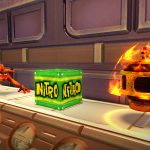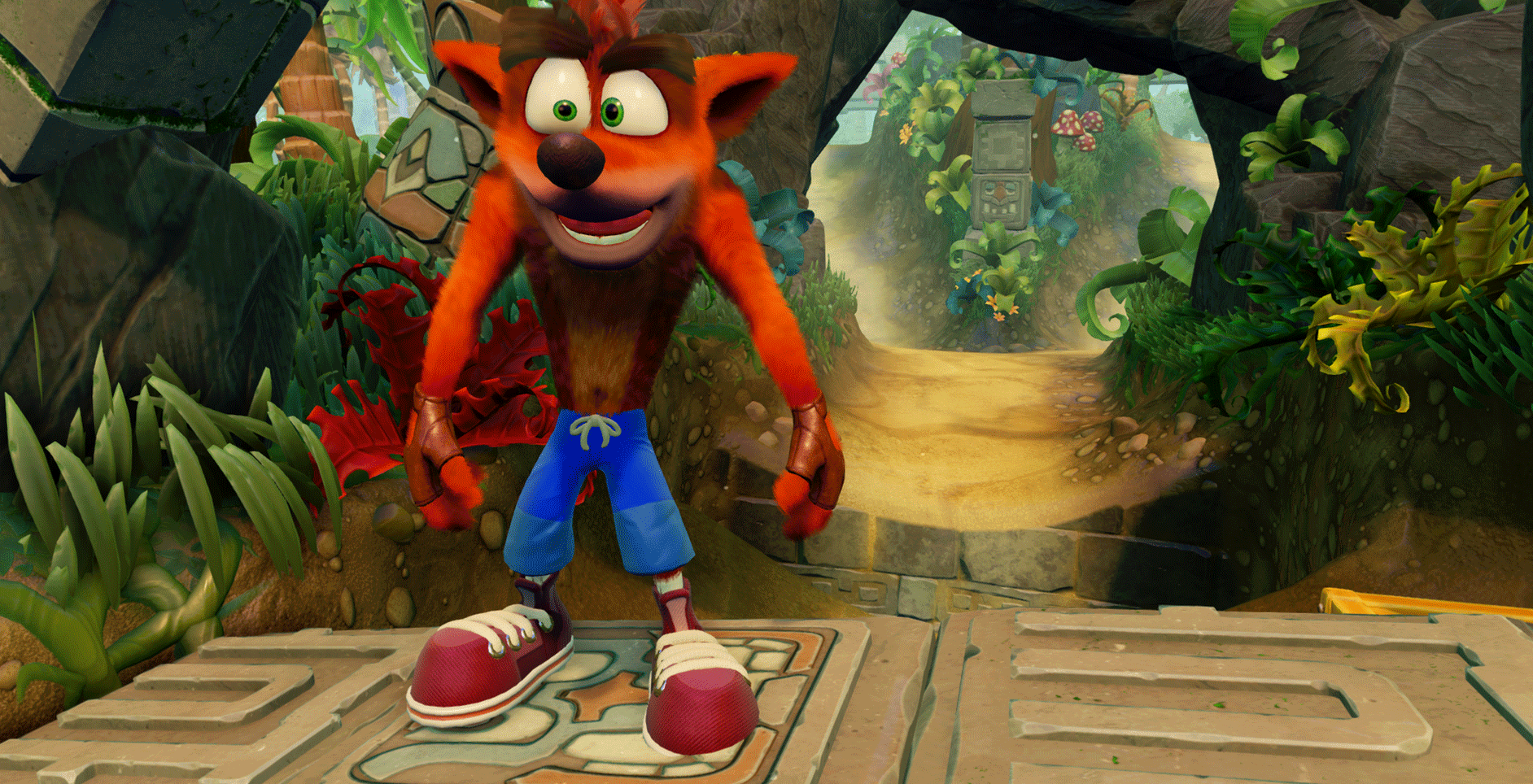Vicarious Visions has detailed how they decided on the handling, collision/physics mechanics as well as the difficulty of Crash Bandicoot when creating the N. Sane collection. They’ve gone on the record saying that they decided to model the handling off Crash Bandicoot Warped which is why the first game feels a little different in the N. Sane Trilogy.
Further to this, they have admitted that they redesigned the collision and physics system which is why it does feel a little but different to the original game. In regards to the difficulty, they’ve pretty much said that if you’re having trouble then you’re better off starting with Crash 2 and Warped before coming back to the original game.
The full post can be found below:
Crash’s Handling
Many fans have picked up on the fact that Crash’s jump isn’t quite the same as it was, particularly in the first game, Crash Bandicoot. We carefully considered the choice to unify the design of these games, for example, how save and bonus rounds work, so that players could have a cohesive experience across all three games in the Crash Bandicoot N. Sane Trilogy.
The reason for that is because we want the best experience for all players, and Crash’s handling falls into this category. We spent a lot of time studying the three titles and chose the handling from Crash Bandicoot 3: Warped as our Trilogy’s starting point; it represented the most improved and modern approach as it gives players the most control.
We went through rounds of internal testing, user testing, and iterations to get each game’s handling to just the right place. In the end, we ended up tuning jump differently for each game, so that the jump metrics are the same as the originals. However, there are a few subtle differences in Crash Bandicoot, chief among these being the fact that you fall more quickly upon release of the X button than you did in the original first game.
Collision and Physics
We’ve heard some questions about how Crash’s model interacts with platforms and enemies. Our game engine features a different collision system than the original game, and combined with the addition of physics, certain jumps require more precision than the originals. Much like the handling, we iterated on collision and physics throughout development to make it fair to all players and as faithful to the original games as possible.
Difficulty in Crash Bandicoot
The modernization of the save and checkpoint systems make the first game a heck of a lot more forgiving than the original. On top of that, we added DDA (the dynamic difficulty adjustment that was originally only present in the second and third games) to our Crash Bandicoot, which gives Crash Aku Aku masks and checkpoints after a certain number of failures in a level. This certainly helps when players need it the most!
An increased precision is now required in the first game, which makes the gameplay experience different. Particularly if you are a new player, you may want to start with the second and third games first, and then come back to try Crash Bandicoot after you’ve had more practice. For those of you who played the originals and acquired a fair amount of muscle memory, re-learning the handling in our game may present an additional challenge you weren’t expecting. But we’re sure you up to the task.
We’ve heard from many, many fans who are getting through Crash Bandicoot and having a great time with it, and killing those top scores in the process. We’ve been very impressed with how skilled people have become so quickly! We’ve been following along with you every step of the way, and we’ve seen some seriously awesome runs online.



